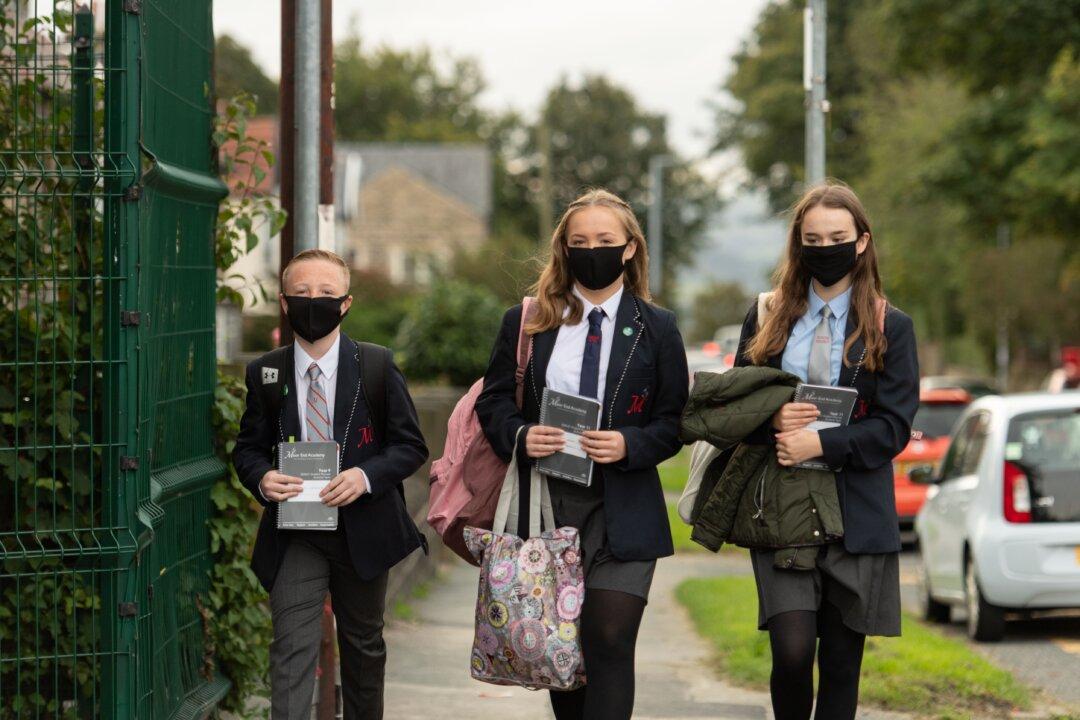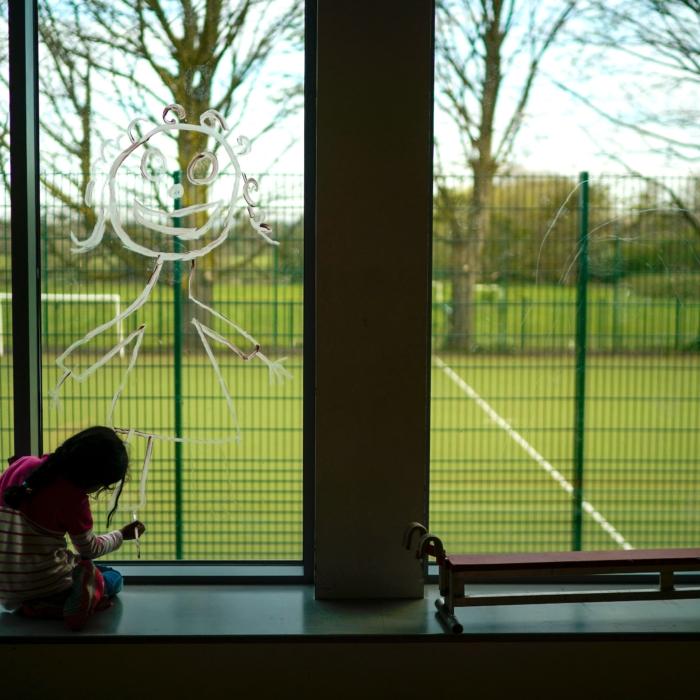The COVID-19 pandemic worsened the attainment gap between disadvantaged pupils and their peers, a think tank has said.
A report by the Education Policy Institute (EPI) published on Tuesday found that while progress in closing the gap had already started to stall in 2019, “the pandemic accelerated this trend.”
The report said that between 2019—the year before the COVID-19 lockdowns—and 2023, “we have seen the disadvantage gap widen in early years, primary schools and secondary schools,” noting that only in post-compulsory 16-19 education has the disadvantage gap appeared to have returned to pre-pandemic levels.
The EPI said that although the examinations and grade distributions largely returned to normal in 2023, “the impact of the pandemic is not yet over” and “educational inequalities look very different from how they did in 2019.”
Continuing, the report said: “Most notably, the disadvantage gaps for 11 and 16-year-olds are at their widest levels in over a decade, and remain much higher than pre-pandemic levels for children aged 5.
“That children from low-income families appear to have fared so badly is no doubt related to rising levels of child poverty, and the differential impact of the pandemic.”
Almost 2 Years Behind Peers
The EPI uses a similar metric to the Department of Education for measuring disadvantage, classifying it as being a child who is eligible for free schools meals (FSM) in reception year, and then for older pupils, being eligible for FSM at any point in the previous six years.The think tank found that at the age of five, disadvantaged pupils were 4.6 months behind their peers last year, up from 4.2 months in 2019.
By the end of primary school (Key Stage 2, between 7 and 11 years old), “the disadvantage gap had grown to 10.3 months – one month wider than in 2019 and higher than its 2012 level,” which represents a reversal of a sustained period of gap narrowing between 2011 and 2018.
At secondary school level (Key Stage 4, aged 14 to 16), disadvantaged pupils were 19.2 months behind their peers, a gap that had widened by 1.1 months since 2019 and at its highest level since 2012.
For children who are persistently disadvantaged—which the EPI considers to be long-term poverty and defined as being eligible for FSM for at least 80 percent of their school lives—the attainment gap was much more pronounced. By the end of secondary school, persistently disadvantaged pupils were almost two years (22.9 months) behind their peers. By the end of primary school, they were almost one year (11.6 months) behind.
In response to the report, Education Minister Catherine McKinnell said it was the government’s mission “to break down these barriers to opportunity so we can improve the life chances of all children.”
Long-Term Damage from Lockdowns
Government policy during the pandemic era saw the country go into lockdown a number of times between 2020 and 2021, which included school closures with learning being shifted online.Others have warned of the damage inflicted on children who have been out of school for long periods of time because of lockdowns, particularly in terms of how it has contributed to rising absence rates.
Ms. Sergeant said that there were two kinds of children that schools were struggling to get back into the classroom: those that are too anxious and those that are too angry.
The latter group, she said, are “so angry and aggressive they’re out on the street, they’re joining gangs, and they’ve just dropped out completely.”







